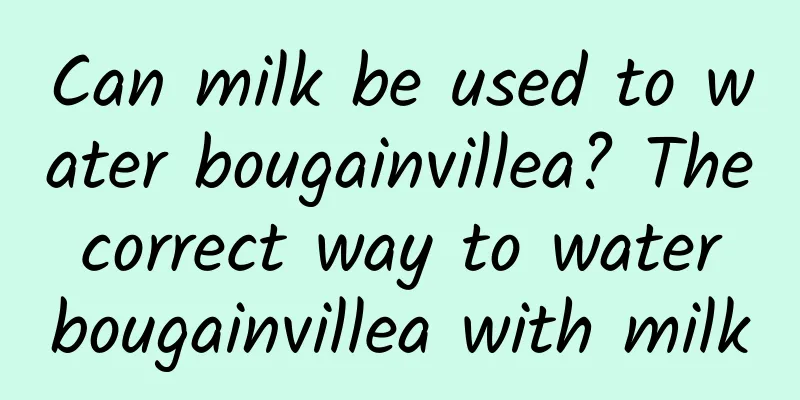Chabolli grape cultivation technology and management

|
The cultivation techniques and management of Chapolili grapes (here it is assumed to be the name of a specific variety or region of grapes, because "Chapolili" is not a widely recognized grape variety ) involve many aspects, including park selection, soil management, planting management, water and fertilizer management, pest and disease control , and shaping and pruning. The following are some general grape cultivation techniques and management points. 1. Park selection and soil management Park selection: Priority will be given to plots with higher terrain, sufficient sunlight and good drainage. The soil should be rich in organic matter, with a pH value of around 6.4 and a soil layer thickness of more than 100 cm. Sandy loam is most suitable. Soil management: Deeply plow the soil before planting and apply sufficient base fertilizer, such as phosphate fertilizer, cake fertilizer, farmyard manure and organic fertilizer . At the same time, pay attention to keeping the soil loose and free of weeds to prevent water accumulation in the shed. 2. Planting management Seedling selection: Choose seedlings that are of pure variety, strong growth, and free of diseases and insect pests. Generally, transplanting is done in spring when the soil thaws and the temperature is suitable. Planting density: Determine the reasonable planting density based on variety characteristics and soil conditions. Generally, the plant spacing is maintained at around 0.8m and the row spacing is around 1.9m. 3. Water and fertilizer management Water management: Irrigate appropriately according to the grape growth stage and weather conditions. During periods of high temperature and drought, water frequently in small amounts to avoid flooding; in rainy weather, drain water in time to prevent waterlogging. Fertilizer management: Topdressing should be carried out at different stages of grape growth, such as applying phosphorus and potassium fertilizers after flowering, and strictly controlling the use of nitrogen fertilizers; after harvesting, base fertilizer should be applied, mainly organic fertilizer, supplemented with compound fertilizer . Foliar fertilizer can be sprayed during the flowering period, fruit expansion period or ripening period to improve fruit quality and yield. 4. Pest and disease control Prevention is the priority: Strengthen field management to improve plant disease resistance; promptly clean up diseased leaves, fruits and weeds to reduce sources of disease. Integrated control: A method that combines agricultural control, physical control, and chemical control. Agricultural control includes increasing the permeability around the fruit clusters and reserving secondary leaves to prevent sunburn; physical control can include hanging color plates and insecticidal lamps; chemical control involves selecting appropriate agents based on the type of pests and diseases. 5. Plastic surgery Shaping: Choose a suitable tree shape according to the characteristics of the grape variety and the cultivation method, such as a trellis shape, a trellis shape, etc. Pruning: includes winter pruning and summer pruning. Winter pruning mainly involves cutting off diseased and weak branches, overcrowded branches and overgrown branches; summer pruning includes pinching, thinning and trimming the ears to improve light conditions, promote fruit development and increase yield. 6. Other management Bagging: Bagging is done before the fruit is close to maturity to reduce pests and diseases and pesticide residues and improve fruit quality. Temperature and humidity control: In facility cultivation, pay attention to controlling the temperature and humidity in the greenhouse to avoid the occurrence of diseases and insect pests caused by high temperature and high humidity. Please note that the above content is based on an overview of general grape growing techniques. The specific growing techniques and management of Chabolelli grapes need to be adjusted in combination with the characteristics of the variety and local environmental conditions. It is recommended to consult the local agricultural technology extension department or professional growers for more detailed information.
|
<<: Planting Technology and Management of Red Rose Grape
>>: When is the best time to plant spinach?
Recommend
Do succulents need to dry their roots when repotting?
1. Need to dry the roots When repotting succulent...
How to propagate alum root and what are the precautions
1. How to propagate alum root 1. Cutting propagat...
Remedial measures after wheat frost damage (causes and solutions for severe wheat frost damage)
Since the growing period of wheat seedlings is ge...
Can the root rot of the lucky tree heal itself?
1. Can it heal itself? The rotten roots of the lu...
How to make the lucky tree sprout new buds
1. Loosen the soil and turn the pot If the permea...
How to water Clivia
The number of times and amount of watering for Cl...
How to plant golden marbles in summer
1. Prepare the soil Before planting, you must pre...
What fertilizer is best for morning glory?
Morning glory fertilization time During the seedl...
What is the reason why aloe vera does not adapt after repotting?
1. Root damage Reason: Be careful when repotting ...
Narcissus Flower Language
Flower Language There are many varieties of daffo...
When and how to plant stick vegetables?
Planting time of stick vegetables The planting ti...
Breeding methods and maintenance matters of old spring feather piles
Spring feather old pile breeding method 1. Sunlig...
How often should walnut trees be watered?
The walnut tree is a plant with strong drought re...
Planting technology and yield per mu of Arisaema
Arisaema is the tuber of Arisaema, Arisaema heter...
When is the right time and method to sow onion seeds?
Onion seed sowing time Onion seeds are perennial ...









